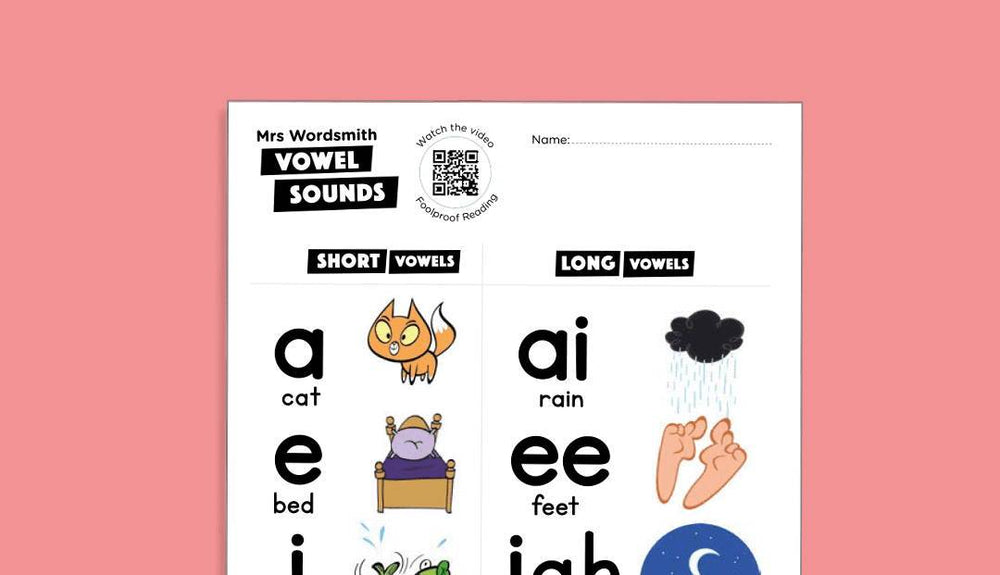OVERVIEW
A possessive noun shows who has or owns something. To make a possessive noun, add 's to a noun (a person, animal, place, or thing). Possessive pronouns can be used instead of possessive nouns.
Download our Possessive pronouns activity below.
This activity introduces possessive pronouns. Read the sentences together. Complete the sentences with the possessive pronoun. This activity has also been designed for handwriting practice.
Common Core Alignment:
CCSS.ELA-LITERACY.L.1.1.D Use personal, possessive, and indefinite pronouns (e.g., I, me, my; they, them, their, anyone, everything).
EXAMPLE































 https://mrswordsmith.com
https://mrswordsmith.com
Comment
Leave a comment